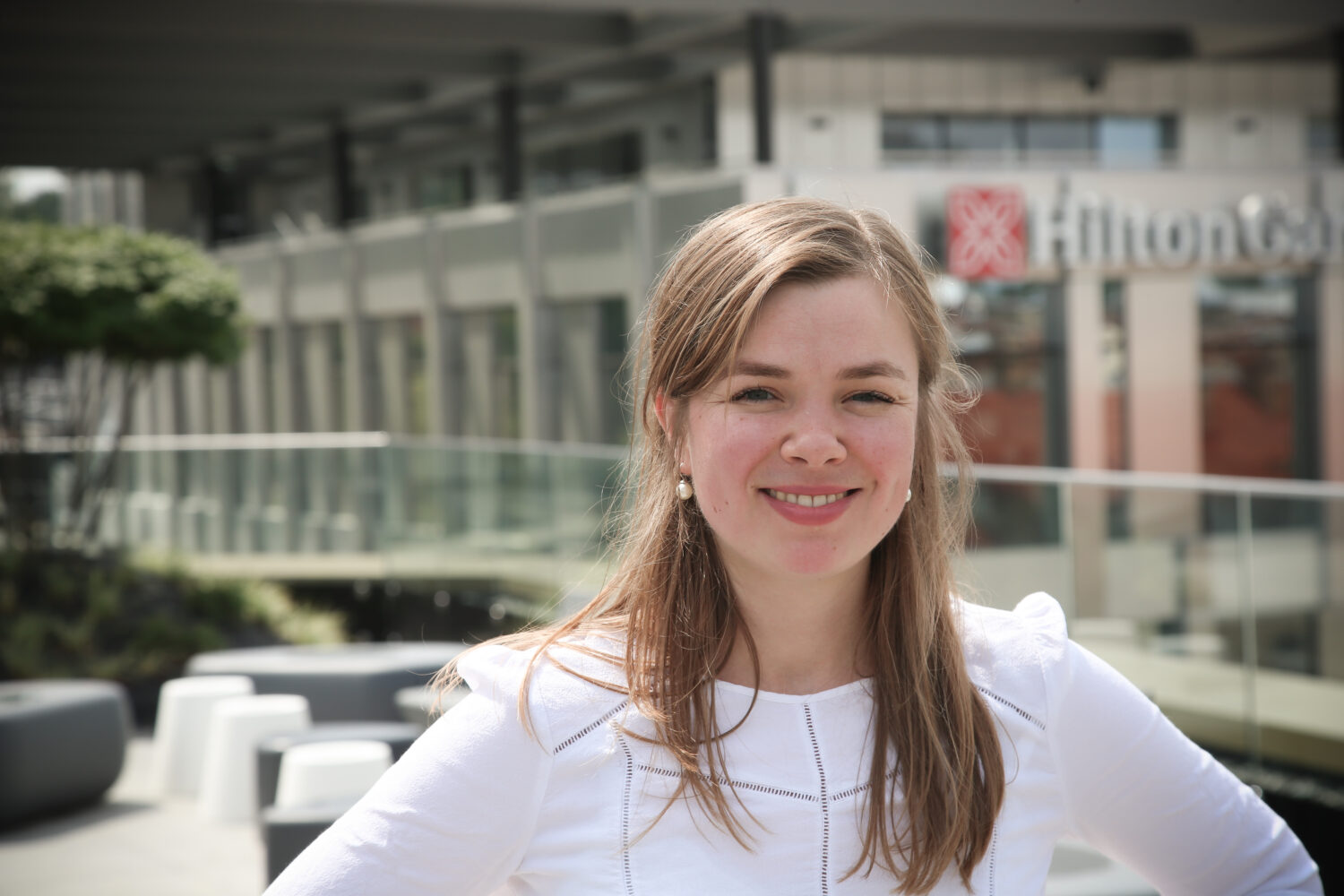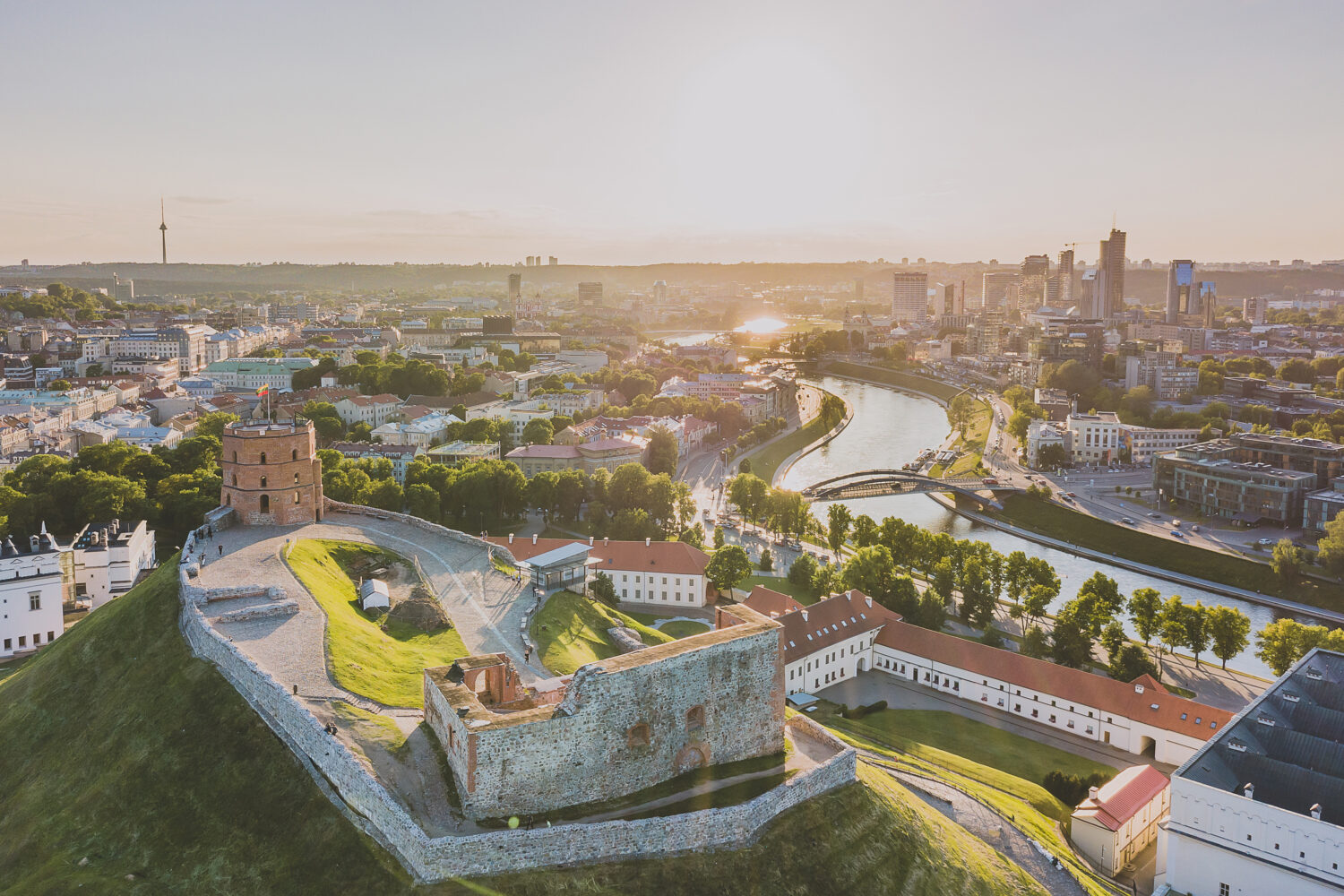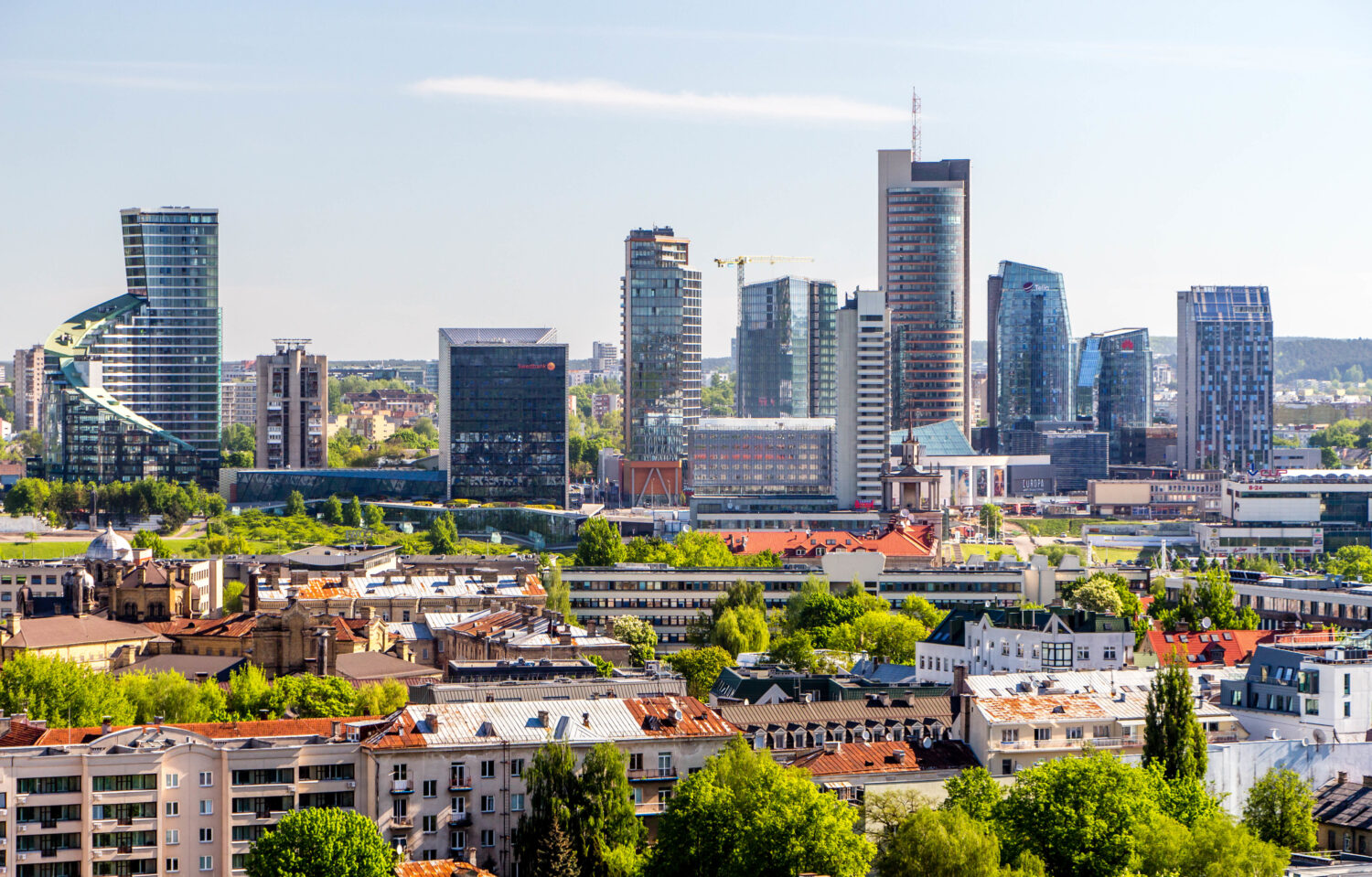By Hamlin Lovell, NordicInvestor
Prime commercial real estate in the Baltic capitals of Vilnius, Riga and Tallinn can yield between 6% and 6.75%, gross. This is around 3% higher than Scandinavian capital cities of Stockholm and Copenhagen and other major European cities which offer around 3.25%. Typical tenants include Swedish banks such as SEB and Swedbank, as well as global corporations such as Citco, McKesson and Western Union, which establish their regional offices. New office properties, such as Quadrum BC in Vilnius, are increasingly BREEAM and LEED certified to match corporate ESG and sustainability policies.
The income is in Euros, since Lithuania adopted the single currency in 2015, Latvia in 2014 and Estonia in 2011. By way of comparison, some other European countries offering higher yields in their local currency do not offer any pickup after hedging back to the Euro or Nordic units. For instance, in Warsaw, prime yields are around 4.75%, but given that Poland has interest rates of 1.5%, there is little or no pickup after hedging this back to Euros, DKK, SEK or NOK. In Russia, yields in Roubles could be as high as 9.5% but again, after risk free rates of 6.5%, there is no real advantage for those based in European currencies (and this is not to mention possible legal uncertainties around title, and political concerns around sanctions, most recently seen in a Financial Times report that sanctioned members of Syria’s regime had bought property in Moscow).
“Class B properties in the Baltic capitals, such as older or less central offices, or other properties in secondary cities such as Kaunas, could still yield as much as 8-9%”, says Indre Dargyte, board member of Eika Asset Management in Vilnius.
Warehouses and logistics can also yield more than prime office property, perhaps 7.5% or 8%, but they are quite a small part of the market. “E-commerce has not grown as fast as in the UK, and Amazon does not ship vast majority of its products for sale ton Lithuania. Traditional shopping centres have more stable revenues, and also benefit from being located in city centres, where people dine and shop on a daily basis”, she explains. Prime retail yields are very similar to prime office yields.
“Residential and student accommodation also offers comparable rental yields in the 6-7% range, but the risk profile is different from commercial property. Commercial leases are 5-10 year contracts versus 12 months for residential, which is likely to have more void periods and administration costs”, continues Dargyte.
Baltic property has also provided capital growth, as prime yields – and capitalization rates – in the Baltics have steadily come down from 10-12% in 2009. If yield compression continues, there could be further capital gains.
EU Convergence
Even if yields stay steady, economic growth could drive both capital and rental income growth as the Baltics catch up with Western Europe. Since 1995 Estonia’s real GDP per capita has grown by c 200% while Lithuania and Latvia have seen growth of c 150%.
“Prime real estate rents of EUR 16-17 per square metre are well below the EUR 50 levels seen in Scandinavian capitals. And local incomes are about 65% lower, too, even after recent increases. Salaries have been rising 7-10% per year over the past five years. The population exodus that has continued since Lithuania joined the EU in 2004 has just begun to reverse this year and indeed there are even labour shortages in some areas. Population is growing from a mix of Lithuanian returnees and immigrants. In common with Poland, the Baltics are now attracting migrant workers from Ukraine”, points out Dargyte.
Liquidity
The past 18 months has seen records: German asset manager DEKA Immobilien acquired the 44,000 square metre Quadrum business centre in Vilnius, Lithuania for EUR 156.1 million and Swedish fund Eastnine, listed on the Stockholm Stock Exchange, acquired three office buildings in the S7 complex with 42,500 sqm of GLA, for EUR 128 million. But in aggregate, commercial real estate transactions across all three Baltic countries are around EUR 1 billion per year. (In contrast, the UK had GBP 54 billion (c EUR 60 billion) of transactions in 2018, according to Costar).
Even so, liquidity is improving as the geographic profile of investors broadens out. “The Nordic countries were some of the earliest investors in the Baltics, but now local entrepreneurs are the largest investors. The overall investor base is much broader, with institutions from the US, such as W. P. Carey and Lone Star; South Africa, like NEPI Rockcastle, and continental Europe such as Corum of France buying up the properties. The Quadrum auction also attracted interest from South Korean buyers. Blackstone, who tends to be a trailblazer, has recently invested in the region through EUR 1 Billion acquisition of Luminor bank.”, she observes.
Development
Property development offers another way to deploy capital, which may offer higher potential returns. Eika’s residential development fund is purely a play on capital growth, targeting an IRR of 15% while the commercial strategy aims for 5-7% income and 5% capital growth.
Eika is one of the largest developers in Lithuania and has developed more than 4,500 apartments since 1993. It has recently been selling around 400 apartments in Vilnius per year. “It can take from one to two years to obtain construction permits and another year or 18 months to build properties”, says Dargyte.
Hotels are another growth segment. “We have recently opened the Hilton Garden Inn in Vilnius, which is among a number of new hotels opened by major brands. Marriott Courtyard opened in 2018, and Radisson’s modern Red brand will be opening soon. Kempinski’s five star property costs around EUR 250 on average per night, whereas four star hotels average at EUR 70-85 per night in low season. The travel market is growing at 12% a year, and prices are higher at the weekends when Ukrainians, Belarussians, Latvians and Poles come over on shopping trips”, she says.
Investment vehicles
“Eika’s residential strategy is a limited life closed end fund while its commercial strategy is an evergreen structure with an expected life of at least six years and potential for some distributions. The structures are either Lithuanian limited companies or funds, which despite being designed as tax free structures, still have to pay standard corporate profit tax of 15% at the SPV level. The Baltics do not yet have a REIT (Real Estate Investment Trust) structure that might allow for tax free distributions, though a REIT model is being discussed in Estonia”, she explains.
Leverage and financing costs
“We use leverage of around 60%, which helps to boost the target internal rate of return (IRR) to 15%, net of tax and management fees, for our residential property development strategy. A performance fee of 20% would only apply above a very high hurdle rate of 15%, and there is no “catch up” provision, so the performance fee cannot apply to any returns below the hurdle rate. Eika invests proprietary capital in its funds alongside external investors”, says Dargyte.
“Each property is held in a separate special purpose vehicle (SPV) to avoid cross-liability risk in relation to the leverage”, she adds.
Overall the outlook is positive, though one possible headwind for Baltic property is financing costs. Though in general borrowing costs have come down in Europe in 2019, with some Danes now getting negative rate mortgages, they have ticked up slightly in Lithuania, probably due to consolidation in the banking sector. The creation of Luminor (a Blackstone/ DNB Nordea joint venture) means there are only three majorn banks in Lithuania now, the other two being SEB and Swedbank. This may have contributed to increased financing costs, but residential mortgages around 2.5% and leverage for development nearer 3% are affordable for the time being.





